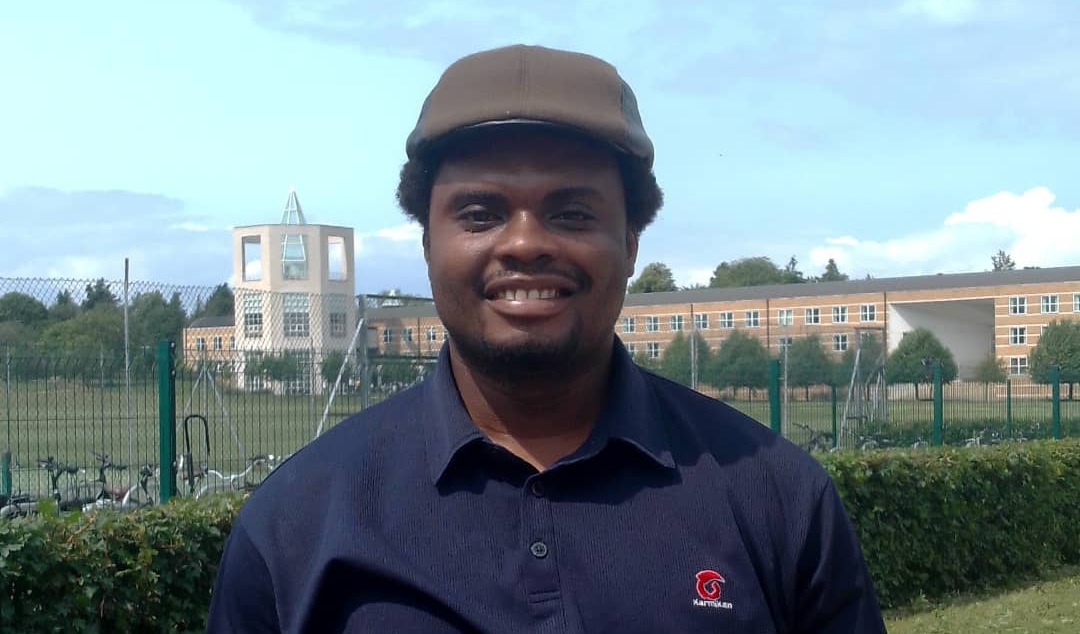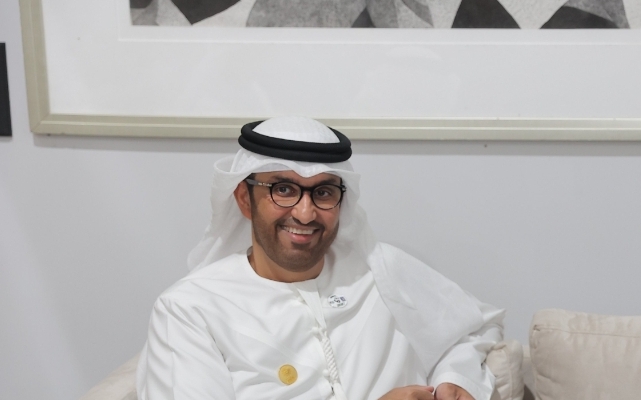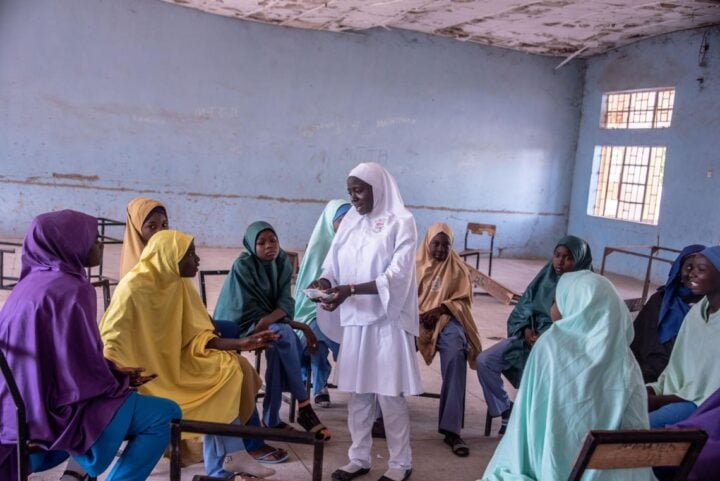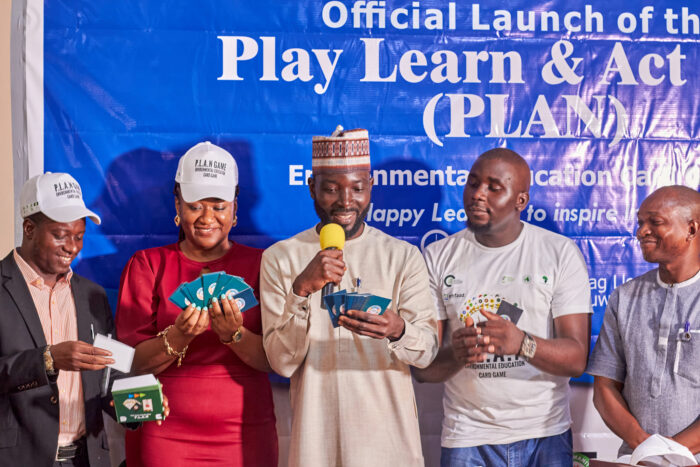In the last decade, initiatives like the plant-a-tree campaign by the Buhari-led administration have gained popularity as a means of combating climate change globally. As climate change continues to threaten human existence, companies, politicians and billionaires have come to admire tree-planting initiatives since it naturally sucks up carbon emissions while providing economic benefits and resources to the immediate community.
But there is just one problem. These campaigns don’t just work as effectively as proposed. Most of the trees planted during the campaigns do not survive, making the huge funds allocated to such campaigns go in vain.
In this interview, Archibong Akpan, a climate scientist and the director of climate science at subjecttoClimate, spoke with TheCable’s JANEFRANCES CHIBUNDU on some of the reasons tree planting may not be as successful as expected.
TheCable: What factors suggest tree planting may not be effective in combatting climate change?
Advertisement

Archibong: Tree planting may not be as effective as expected due to the approach used to carry out the exercise. The way trees are planted and the type of trees planted matters. There are some trees that you can plant and they absorb up to eight tons of carbon dioxide before they get to 120 years old, while some can take up to five to ten years to absorb about 100 tons of carbon annually.
The main essence of planting trees is not just to sequester carbon but to also help in improving the biodiversity in that area and improve nature, stabilising the ecosystem in that area and reducing air pollution.
Secondly, how a tree is grown matters to its survival. Everybody is talking about tree planting campaigns but the most important thing is not just all about planting the trees, but nurturing it till it gets to maturity. If you plant a tree now, it doesn’t absorb much CO2 until it gets to maturity. It is not just planting the trees and abandoning them, you need to keep monitoring them till they grow to maturity. Sometimes, you can plant a tree now, but in five to ten years, another group can just come and cut those trees off. It is important to monitor the trees while they are growing to make sure they survive.
Advertisement
As a scientist, I think tree planting is the most effective solution to mitigating climate change. Both developing and developed countries are adopting it because seedlings are very easy to buy and plant. It is not that expensive and it doesn’t really require a whole lot of technology. Tree planting also reduces the carbon footprint. The process of planting trees does not add up to the carbon footprint that has already been measured; it is just one of the best solutions.
TheCable: As a scientist, what species of trees should be planted, knowing the topography of Nigeria?
Archibong: I advise that trees that can store significant CO2 and have economic value should be prioritised. Trees like Obeche, cocoa, mango trees, raffia palm and palm trees which already exist in some states, have elongated leaves to help them sequester CO2. The more their leaves are elongated the more they are able to absorb CO2 because they use CO2 to produce their food; they absorb CO2 to manufacture their foods before the process of photosynthesis. If you plant a tree and the leaves are very tiny, it won’t absorb much CO2. Those ones that have elongated leaves have the capacity to absorb the CO2 through their leaves into the stem and pass it down to the soil and then to their roots. But in general, all trees absorb CO2.
TheCable: How successful do you think tree planting initiatives have been in Nigeria since there are still reoccurring issues of flooding?
Advertisement
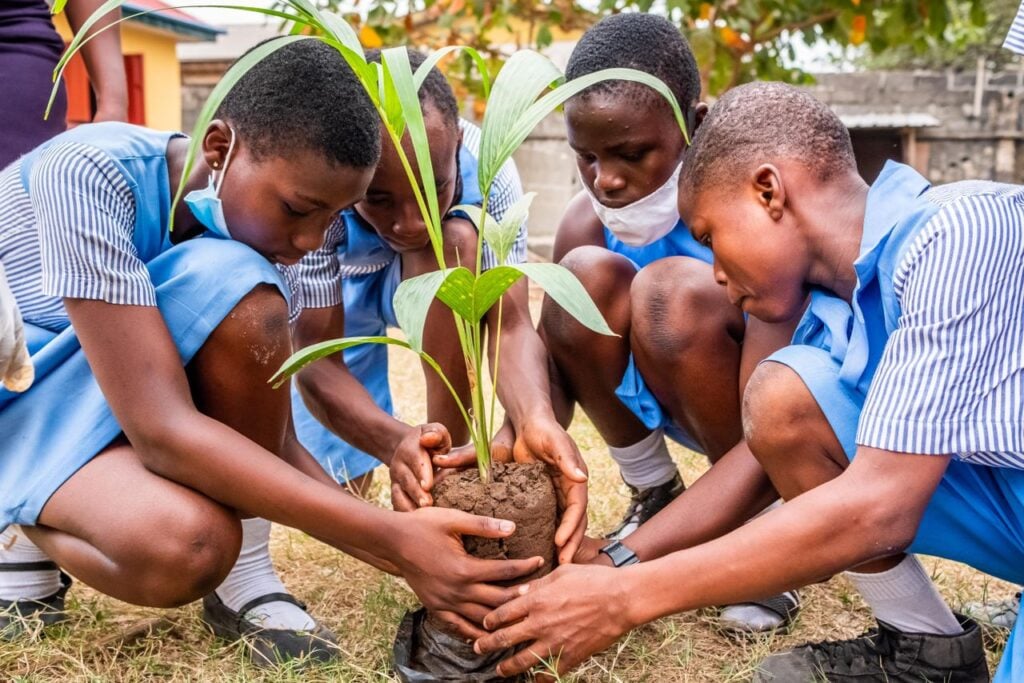
Archibong: Tree planting is a long-term solution to flooding. You can only use trees that might have grown to about 20 feet to control flooding. If you are planting a tree now with the intention that it controls flooding, it may not. That tree is already a young tree and even the flow of water will inundate and make the tree die.
In tackling flooding in Nigeria, we should not only use one solution. We need to look out for the drainage channels where water can probably be channelled to a watershed or design an artificial watershed where you collect most of the urban flood water.
Also, look out for the elevation areas and advise people not to build in flood-prone areas. Those are some of the effective ways to tackle flooding; you cannot use a tree to tackle flooding. That is impossible. We can save a whole lot in terms of absorbing water in the long term since flooding is a rapid onset of climate events.
Tree planting should be done intentionally, especially in urban areas. You should have an understanding of how an urban setting should look like because planting trees in an urban area will be different from rural areas. Different strategy needs to be deployed to plant that particular tree in a rural community.
Advertisement
TheCable: How best should tree planting be done in order to achieve the desired goal?
Archibong: In planting trees, planning should be taken seriously. For instance, in an urban settlement, you need to ask questions like what is the land use system over there? If you have roads and concretised surfaces, trees can be put around those areas to really absorb the carbon. It should be done intentionally. Most people prefer planting in schools because these are safe areas, compared to planting trees in market areas where human activity can hinder their growth.
Advertisement
So, trees should be planted in safe areas, and they should be well-organised and well-structured. You should also look out for the spacing so that those trees will be competing for nutrients. Tree planting should be subjected to a thorough analysis of the area. There are some areas that have more heat than others. We should try to plant more trees around those areas with intense heat.
The trees would cool off the areas and make it very comfortable for people to live. It is important for tree-planting campaigners to get adequate advice from urban planners and not just venture into it. Monitor those trees after planting them for sustainability so that they can grow up to the extent of having the capacity to absorb CO2.
Advertisement
Devise a long-term strategy that can allow those projects to be monitored even when you are out of funding or maybe out of the community. To get that done, you’d have to involve a whole lot of people like the community elders, the youth, women and even the children. Organise town hall meetings, and sensitisation programmes. Every stakeholder should be part of the meeting. Train them on how to manage those trees and the importance as well as the harmful effects of deforestation.
Advertisement
Add a comment
